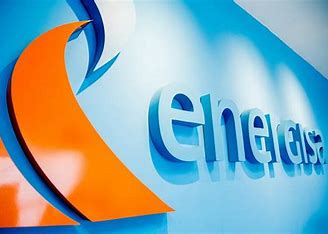Power company seeks to raise funds for expansion by placing shares in Brazil and abroad
19/01/2024

Energisa, the company that controls power distributors in 11 Brazilian states, is preparing a new stock offering, as reported Thursday by Valor’s business website Pipeline. The operation, announced the day after Inter Bank raised $161.9 million in the United States, aims to attract around R$2 billion to invest in business expansion.
The company said that it is still working on the documentation “with a view to possibly conducting a public offering for the primary distribution of common and preferred shares.” The plan is to conduct the offering in Brazil, but also to seek international placements. The preliminary schedule foresees a launch after the close of trading on Friday.
Energisa has appointed as coordinators the banks Itaú BBA, leader of the operation, Bank of America (BofA), Bradesco BBI, BTG Pactual, Citi, J.P. Morgan, and Scotiabank Brasil, which are carrying out “preparatory work” to define the viability and terms of the offer.
According to the company, if the operation goes ahead, the controlling shareholder Gipar should accompany the capital increase in proportion to its stake of approximately 27.7%.
The company points out that the effective completion of the offer “is subject, among other factors beyond the company’s control, to market conditions, obtaining the necessary approvals, including the respective applicable corporate approvals, procedures with financial institutions inherent to this type of operation at the stage it is at, and the effective interest of investors.”
On Wednesday, Inter surprised the market with the announcement of the first follow-on share offering of the year by a Brazilian company. The bank raised $161.9 million after pricing the shares at $4.4, a discount of 3.08% from the day’s close.
According to sources familiar with the matter, the aim of Inter’s offering was to attract international funds to its shareholder base. When Inter moved to Nasdaq from B3 in June 2022, it didn’t do an IPO in the U.S., so its shareholder base remained essentially local funds. After a year and a half and with the bank’s results improving, a “tactical” offer could help attract other classes of investors and improve the liquidity of the stock.
Given the size of Inter’s offering, with average checks of around $15 million, the bank aimed to attract up to 10 new funds to its base. The idea, sources say, was to bring in a mix of U.S. and European funds, some long only, some focused on the technology sector, and some on emerging markets. With more liquidity and different classes of investors, Inter should see less volatility in its stock, making it more attractive to other classes of investors.
*Por Maria Luíza Filgueiras, Mariana Ribeiro, Álvaro Campos — São Paulo
Source: Valor International

/i.s3.glbimg.com/v1/AUTH_37554604729d4b2f9f3eb9ad8a691345/internal_photos/bs/2022/T/z/SA0nMGQtq38SPo1A0jkw/250722roberta2.jpg)